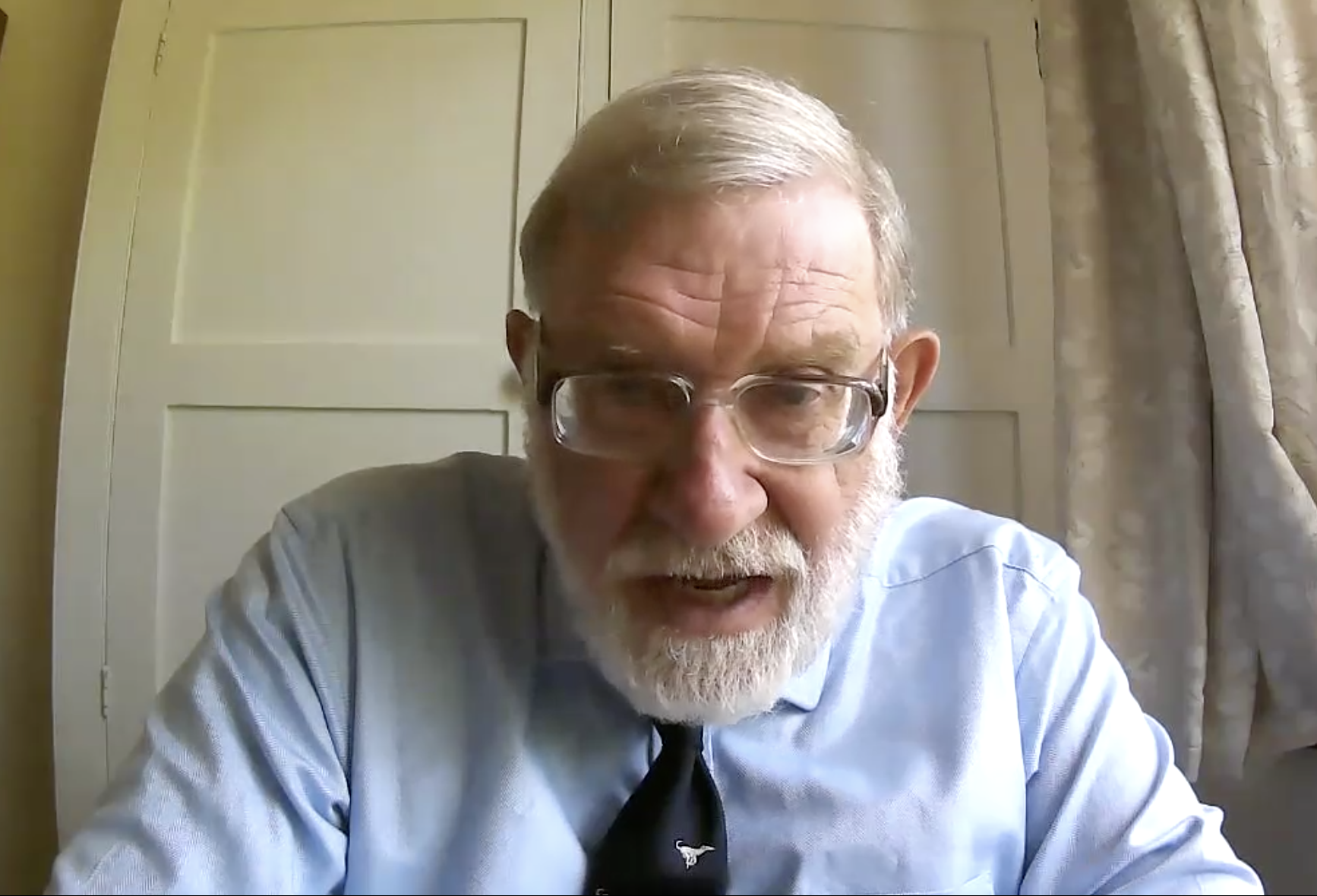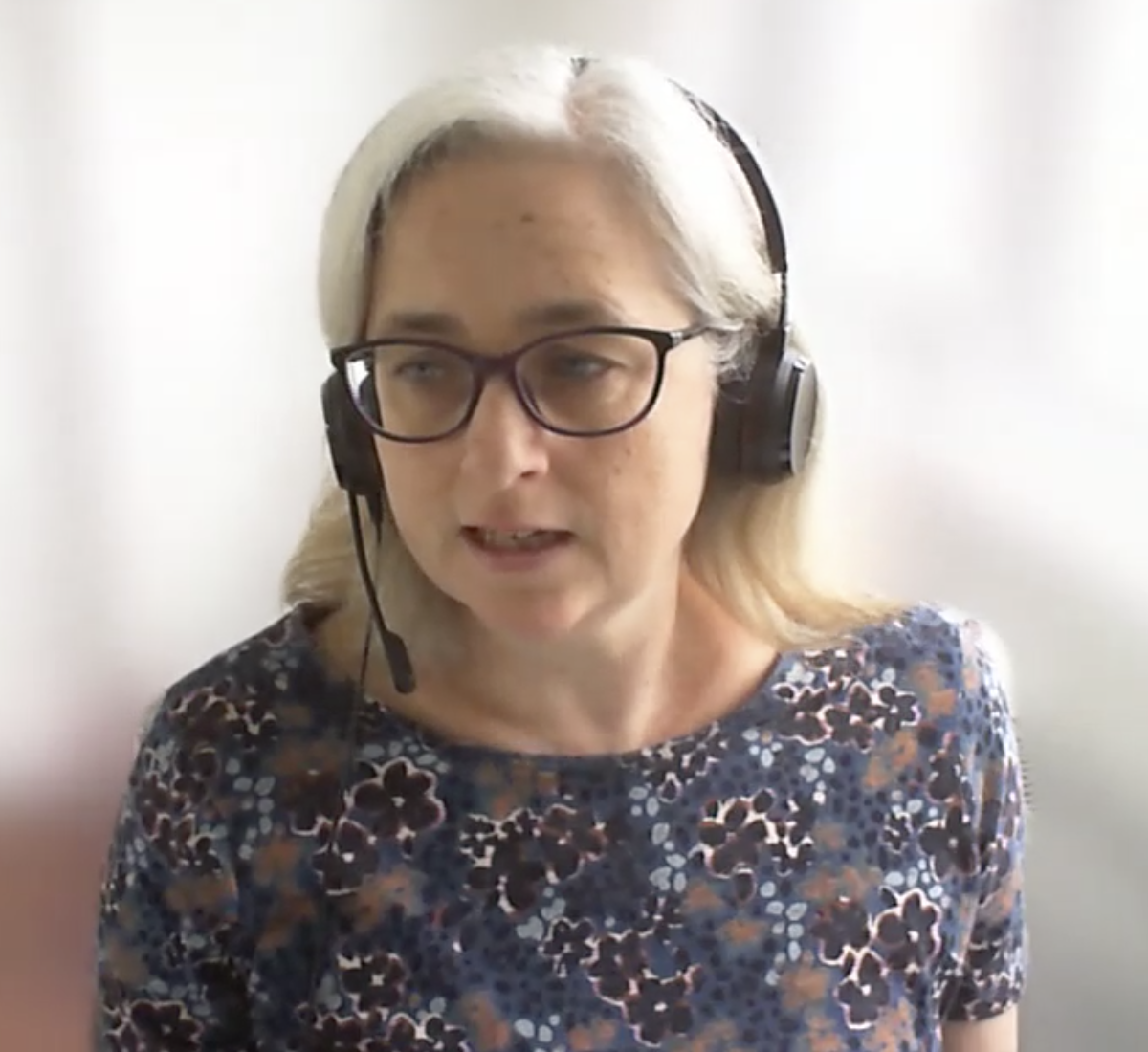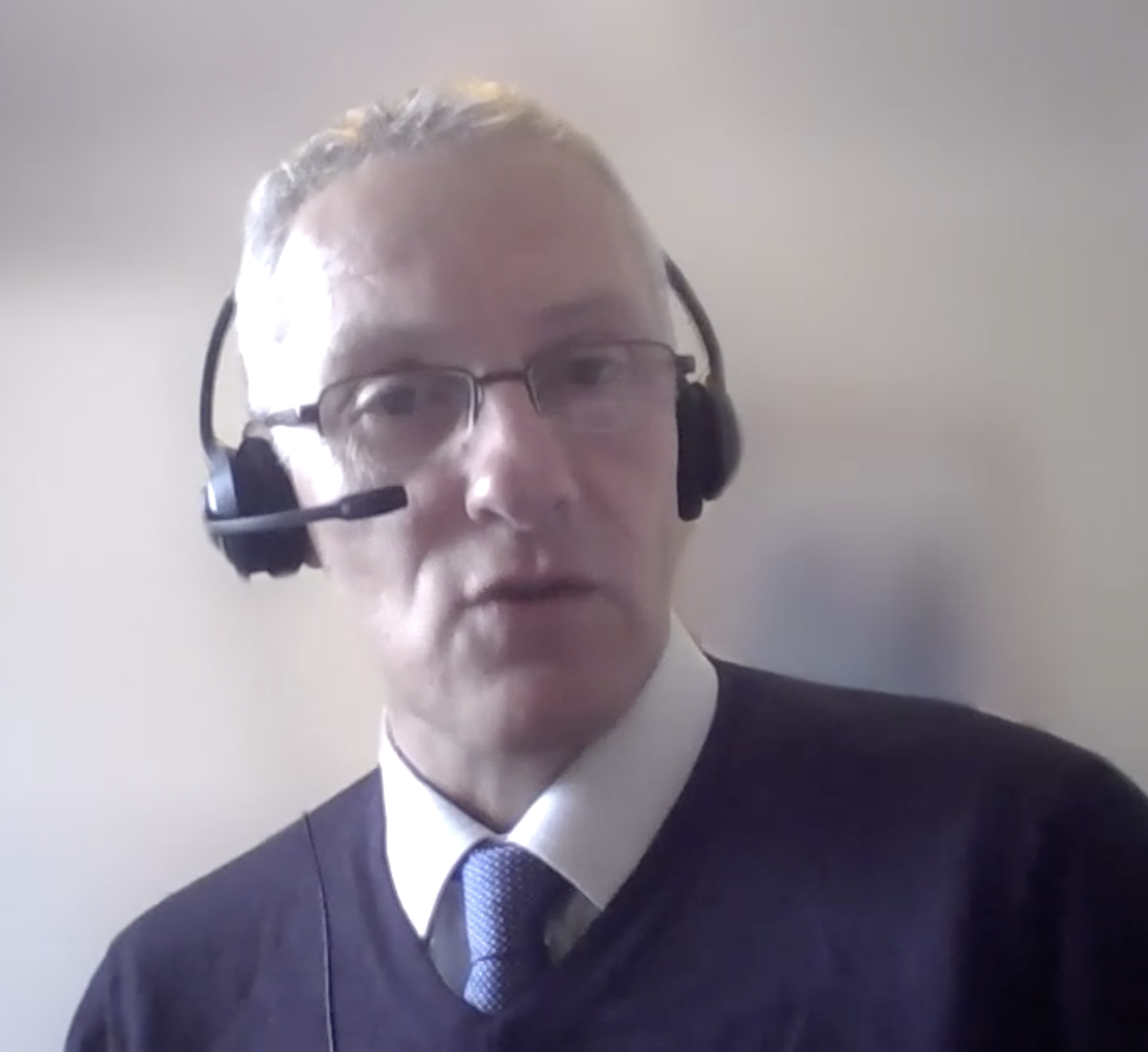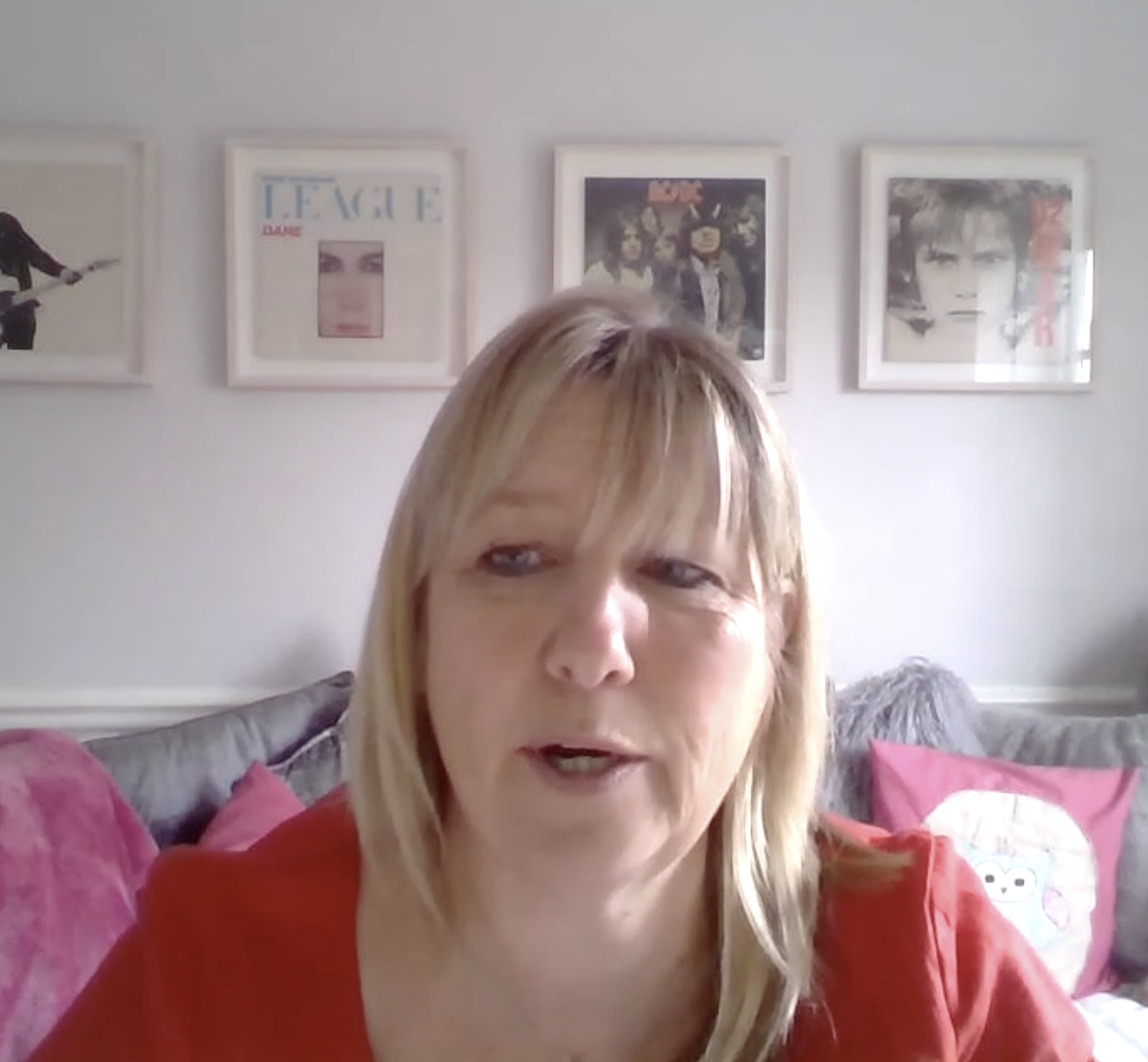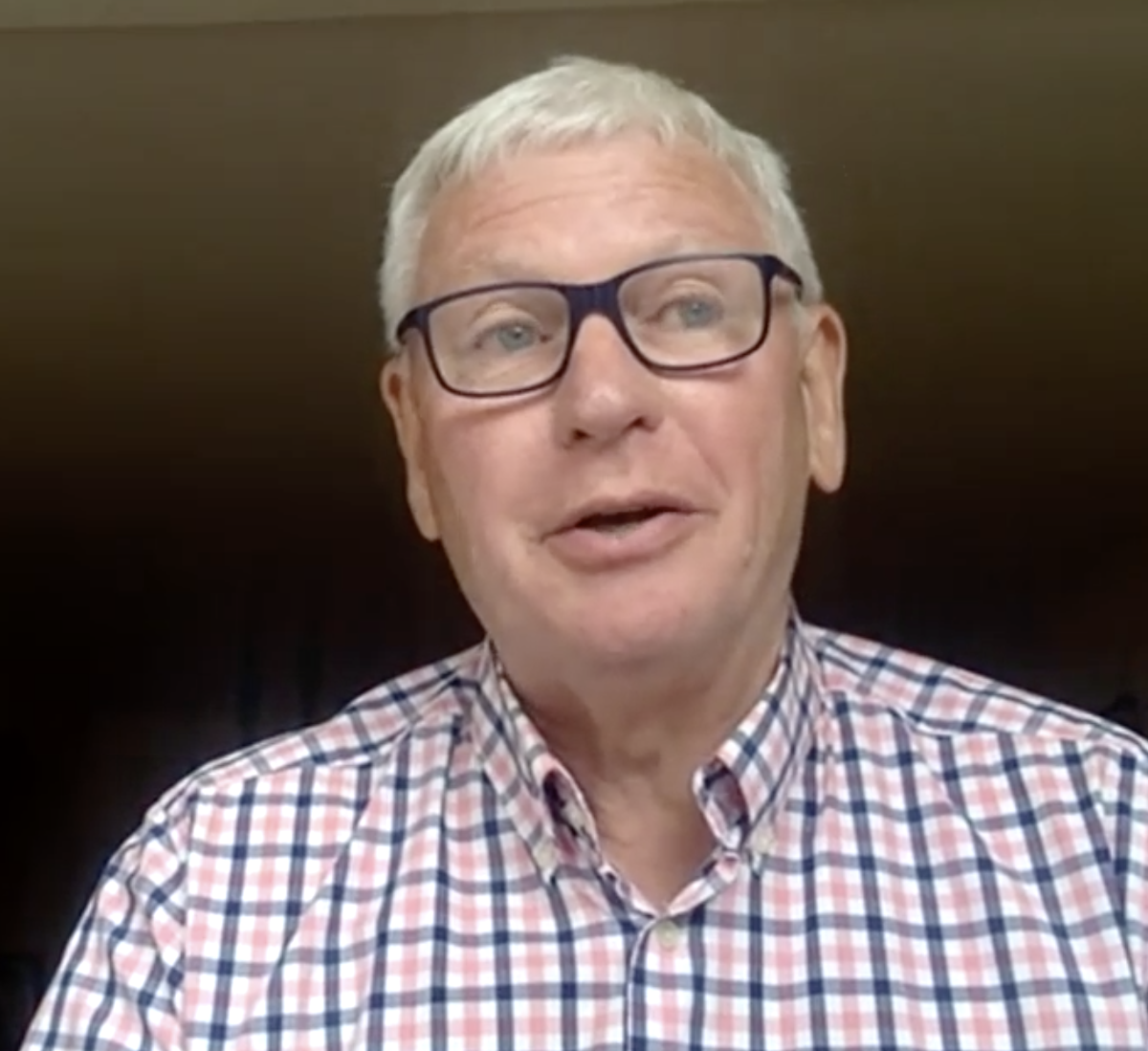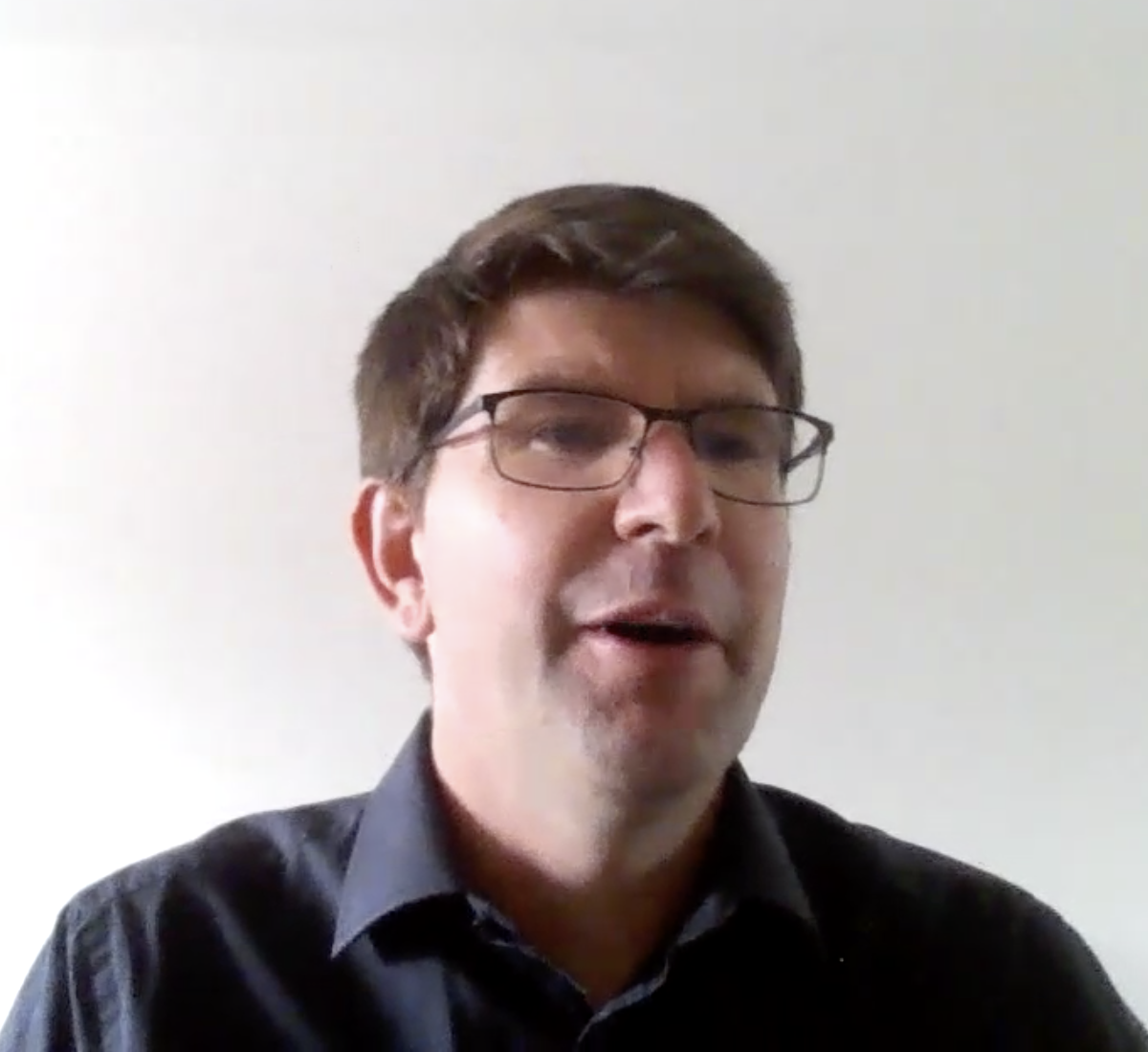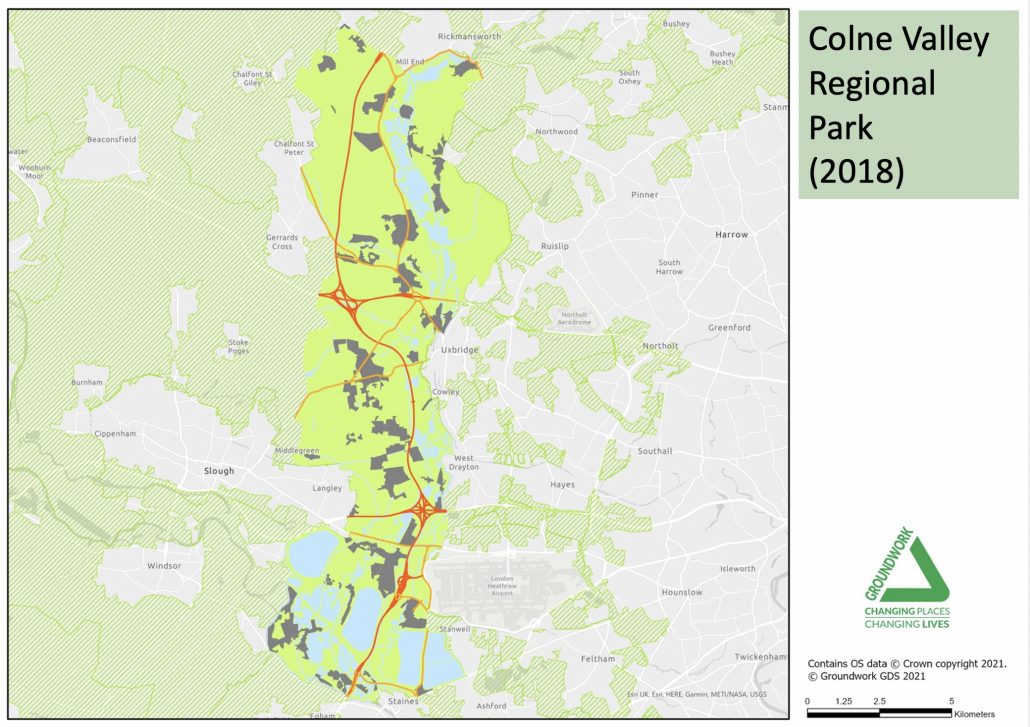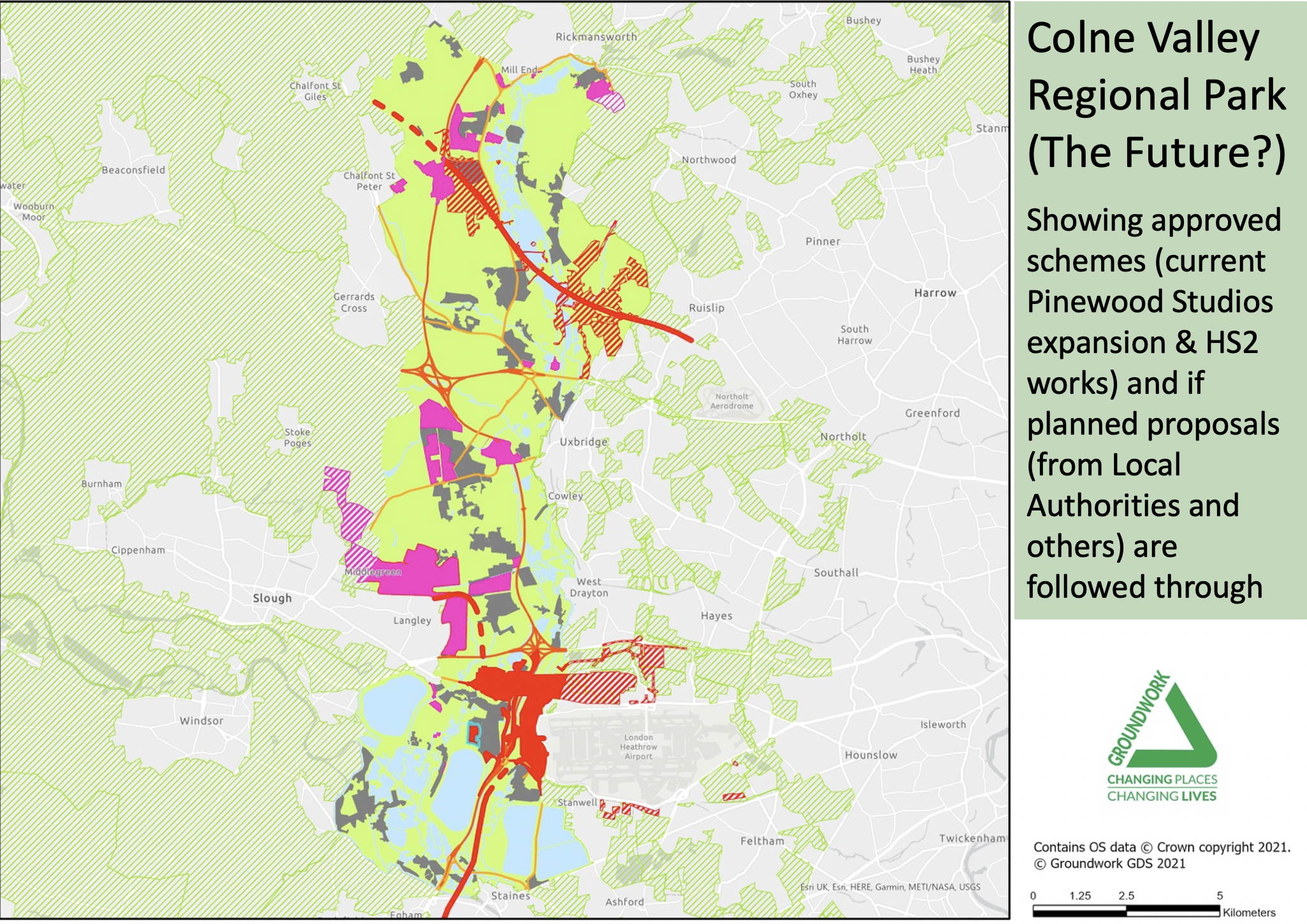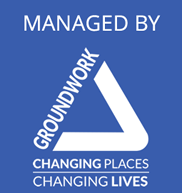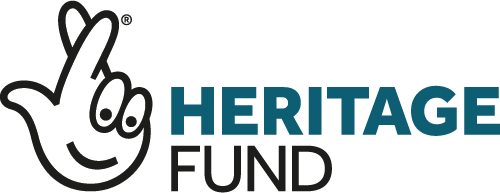The Green Belt is under unprecedented pressure from giant infrastructure projects and piecemeal development that threaten to breach the historic protection it has given to the fragile countryside around London for 65 years.
With planning reform and development high up on the Government agenda, the Colne Valley Regional Park hosted an online webinar, Improving the Green Belt and its Planning.
The event brought together a team of planning experts, and used the Colne Valley Regional Park – and the range of challenges facing it – as a case study.
It attracted an audience of approximately 150 people – residents, politicians, planners, wildlife and environmental groups – who were able to post questions during the session which lasted one-and-a-half hours.
Introduced by Lord Randall of Uxbridge, President of the Colne Valley Regional Park, the webinar tackled a range of subjects including:
- A stark view of the sheer number of actual and proposed developments across the Park;
- Examining the range and scope for more strategic and cross-boundary planning and environmental co-ordination;
- A look at specific threats to the Green Belt, such as developers increasingly citing ‘very special circumstances’ for relaxing the controls
- An assessment of the likely effectiveness of the Government’s Planning Reform and Environment Bill.
The session was chaired by Katya Fox and featured presentations from David Sutherland; leading planning consultant Catriona Riddell; and Jerry Unsworth. The panel was joined for the Q&A session by Stewart Pomeroy from Groundwork South, who acts as Managing Agent to the Colne Valley Regional Park.
Lord Randall, President of the Colne Valley Trust, introducing the webinar.
Katya Fox, City Economics and Planning for Arup.
David Sutherland, Head of Climate Change and Environment, Buckinghamshire Council.
Catriona Riddell, planning consultant.
Jerry Unsworth, independent planning consultant, working extensively with the Colne Valley Park.
You can watch a recording of this important event here.
Please click on the links to see the answers to questions raised by delegates.
And here are the slides from the presentation.
Our thanks to everyone who took part, and in particular to Arup for providing the technical platform and support that made this important event possible.
Stewart Pomeroy, Colne Valley Managing Agent, Groundwork South
We remain extremely grateful for the foresight of our predecessors who established the regional park back in 1965. They recognised its huge value to the health and well being of the three million or so people living within ten miles of its boundaries. Today, the challenges facing us are truly immense. We need properly co-ordinated support and policies from national and local government to ensure that this fantastic and varied green space is allowed to survive and flourish now and for future generations.
You can learn more about the Colne Valley Regional Park’s work on protecting the Green Belt and the area’s uniquely important landscape and waterways here: Green Infrastructure Strategy.
Note about the Colne Valley Regional Park and the Green Belt
The objectives and actions of the Colne Valley Regional Park are geared to supporting these ‘positive’ aspects of the Green Belt
Please contact [email protected] for more information.
